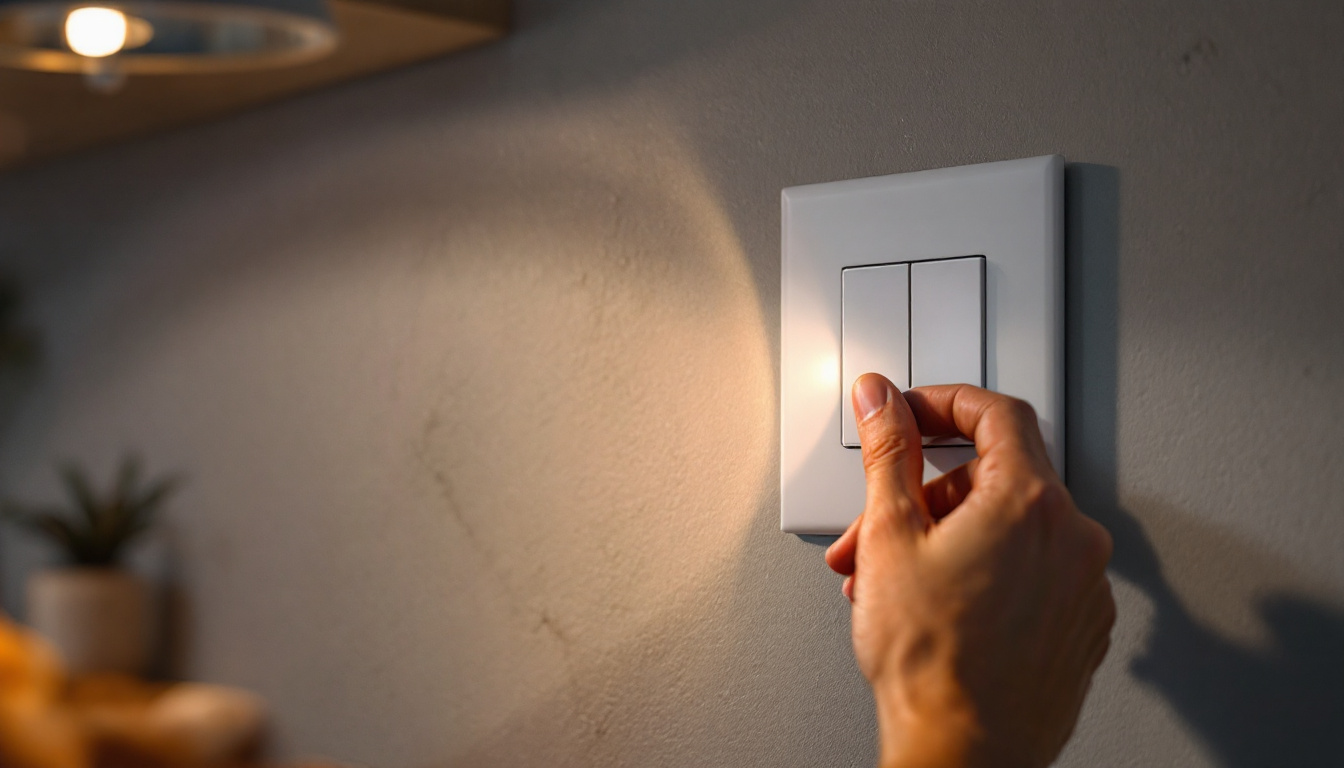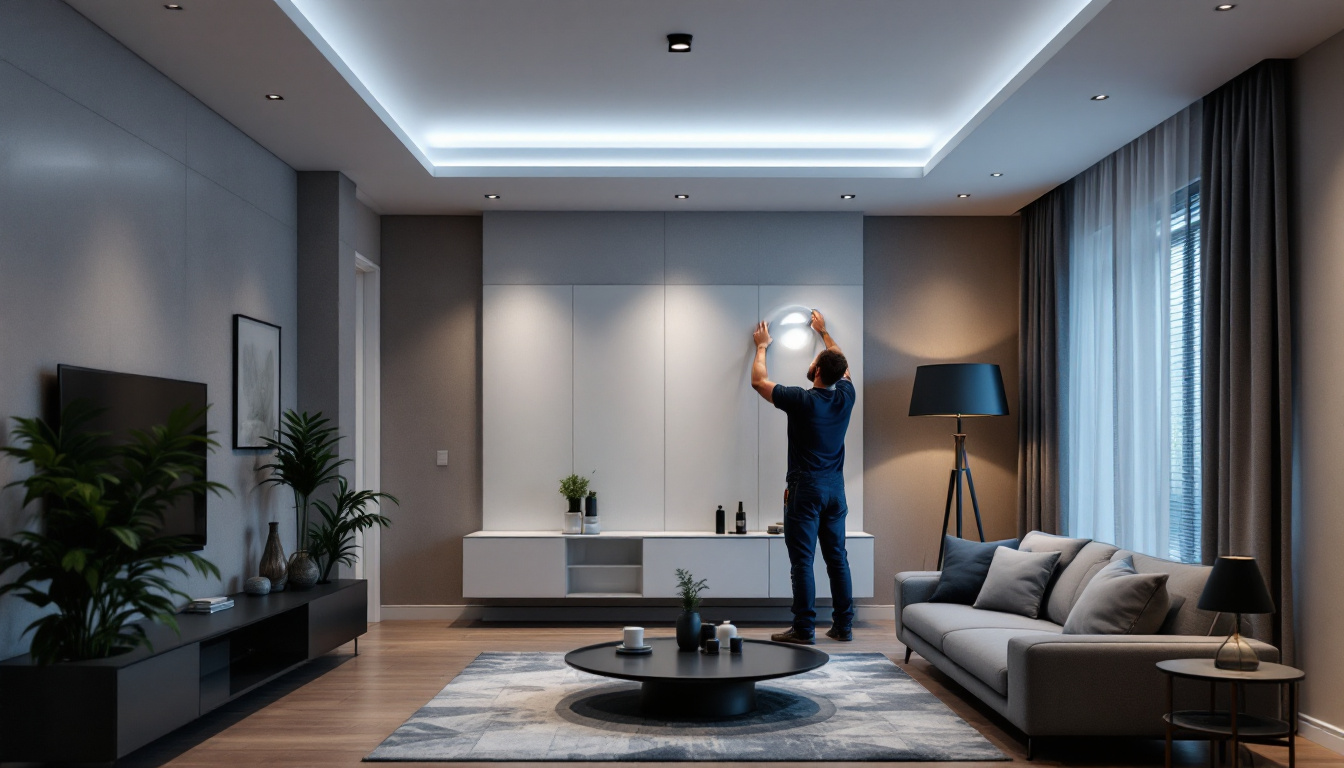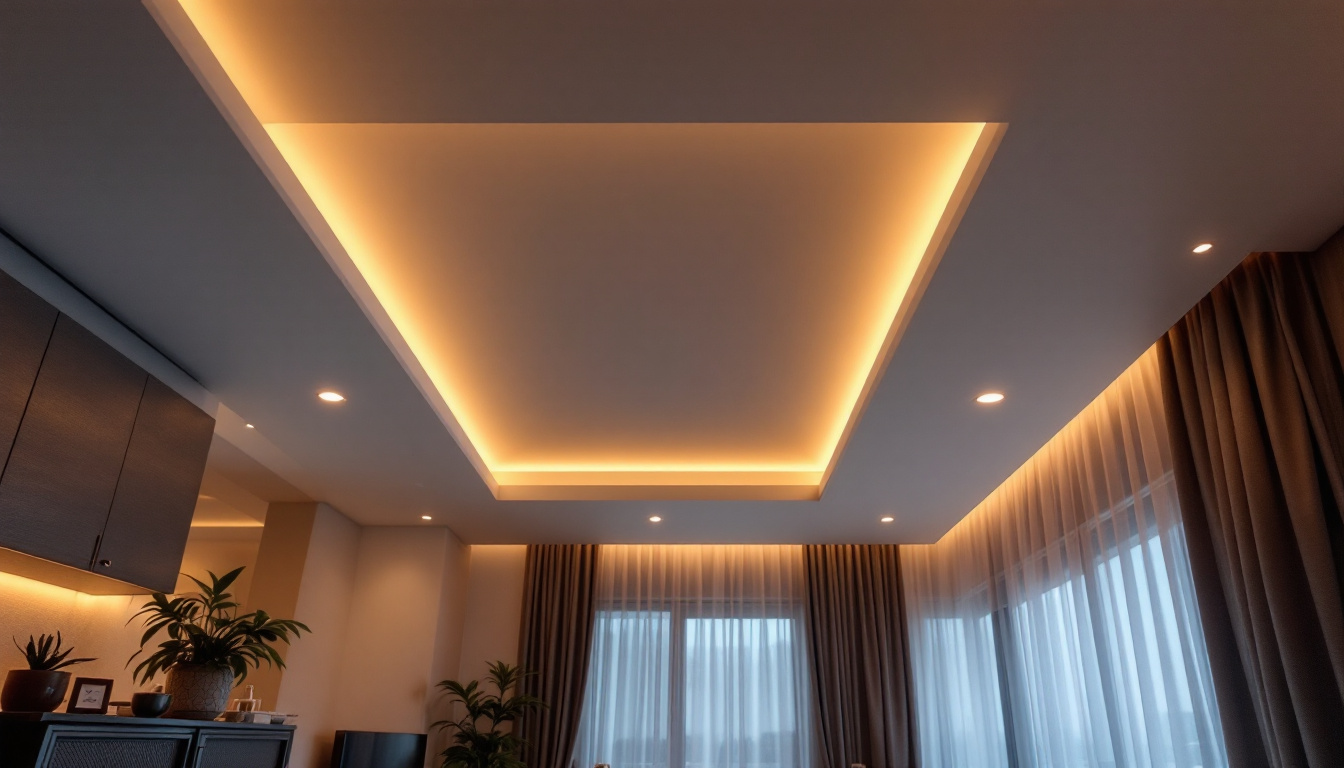
In the realm of electrical installations, combination light and fan switches have emerged as a popular choice for both residential and commercial applications. These devices not only streamline the control of lighting and ceiling fans but also enhance the aesthetic appeal of spaces. For lighting contractors, understanding the best practices for installing and utilizing these switches is crucial for ensuring customer satisfaction and maintaining safety standards. This article delves into the best practices that lighting contractors should follow when working with combination light and fan switches.
Before diving into installation best practices, it is essential to grasp what combination light and fan switches are. These switches are designed to control both a ceiling fan and a light fixture from a single location. They come in various configurations, including pull chains, wall-mounted controls, and smart switches, allowing for flexibility in design and functionality.
Combination switches can be categorized into several types based on their functionality and design. The most common types include:
Each type has its unique benefits, and understanding these can help lighting contractors recommend the best option for their clients’ needs. For instance, smart switches not only offer the convenience of remote operation but can also be programmed to work on schedules, enhancing energy efficiency further.
Combination switches offer numerous advantages, making them an attractive choice for both contractors and homeowners. Some of the key benefits include:
Moreover, the ease of installation associated with combination switches can significantly lower labor costs for contractors. Instead of installing separate switches for the fan and light, a single unit can be wired, simplifying the process. This efficiency not only benefits the contractor but also minimizes disruption for homeowners during installation. Additionally, combination switches often come with user-friendly interfaces, making them accessible for individuals of all ages, thus promoting a more inclusive living environment.
When it comes to installing combination light and fan switches, adhering to best practices is vital for ensuring safety and functionality. Here are several key considerations for lighting contractors during installation:
Wiring is the backbone of any electrical installation, and combination switches are no exception. Proper wiring techniques are essential for safe and efficient operation. Contractors should:
Additionally, it is crucial to use wire connectors that are rated for the application to prevent overheating and potential fire hazards. Furthermore, it’s advisable to double-check all connections with a multimeter after installation to ensure there are no shorts or open circuits. This extra step can save time and prevent future troubleshooting issues.
The placement of combination switches can significantly impact their usability. Lighting contractors should consider the following factors when determining the optimal location for installation:
Moreover, considering the aesthetic aspect of switch placement can enhance the overall design of a room. For instance, aligning the switch with other wall-mounted controls or light switches can create a cohesive look. Additionally, it is beneficial to consider the flow of foot traffic in the area; placing the switch near entry points can facilitate ease of use, especially when carrying items into the room. This thoughtful approach to placement not only enhances functionality but also contributes to the visual appeal of the space.
Safety should always be a top priority when working with electrical installations. Lighting contractors must adhere to safety precautions to protect themselves and their clients. Some essential safety measures include:
Every region has specific electrical codes and regulations that govern installation practices. Contractors should familiarize themselves with these codes to ensure compliance. This includes:
In addition to understanding local codes, contractors should stay updated on any changes or amendments to these regulations. Regular training sessions and workshops can be beneficial in keeping abreast of new safety practices and technologies. Moreover, collaborating with local electrical inspectors can provide valuable insights into common pitfalls and best practices, ensuring that installations are not only compliant but also safe for long-term use.
Personal protective equipment is essential for safeguarding against electrical hazards. Contractors should always wear appropriate PPE, including:
Beyond the basic PPE, contractors may also consider additional protective gear such as face shields for tasks that involve cutting or grinding, and steel-toed boots to protect against heavy falling objects. It’s crucial for contractors to regularly inspect their PPE for wear and tear, ensuring that all equipment is in good condition before each job. Additionally, educating team members about the importance of using PPE and conducting regular safety drills can foster a culture of safety within the workplace, ultimately reducing the risk of accidents and injuries.
After installation, thorough testing is crucial to ensure that the combination light and fan switch operates correctly. Contractors should follow these steps:
Once the installation is complete, performing functional tests is essential. This includes:
If issues arise during testing, contractors should be prepared to troubleshoot common problems. Some frequent issues include:
To ensure the longevity and optimal performance of combination light and fan switches, regular maintenance is necessary. Contractors should advise clients on the following maintenance practices:
Dust and debris can accumulate on switches and fixtures, affecting their performance. Regular cleaning can prevent this buildup. Clients should be encouraged to:
Encouraging clients to conduct periodic inspections can help identify potential issues before they become significant problems. During inspections, clients should look for:
Combination light and fan switches are a valuable addition to any electrical installation, offering convenience and efficiency. By following best practices in installation, safety, testing, and maintenance, lighting contractors can ensure that these devices function optimally and meet the needs of their clients. As the demand for smart and efficient home solutions continues to grow, staying informed about the latest technologies and practices will be essential for success in the lighting contracting industry.
Ultimately, the combination of technical knowledge, adherence to safety standards, and a commitment to quality will establish lighting contractors as trusted professionals in their field, paving the way for lasting client relationships and successful projects.
Ready to elevate your lighting installations with the best in class products? Look no further than LumenWholesale for all your combination light and fan switch needs. Our commitment to quality and affordability ensures that you have access to the most reliable, spec-grade lighting products at wholesale prices. Say goodbye to middleman markups and hello to hassle-free bulk buying with free shipping. Make your next project a shining success with the perfect blend of efficiency and value. Discover our extensive selection and take advantage of unbeatable wholesale deals by visiting Wholesale Lighting at the Best Value today.

Discover how lighting contractors can enhance their projects with 4 LED recessed lighting solutions.

Discover the transformative role of recessed lighting in modern interiors.

Discover how selecting the right light fixtures can be a game-changer for lighting contractors.

Discover inspiring real-world success stories of lighting contractors in action.